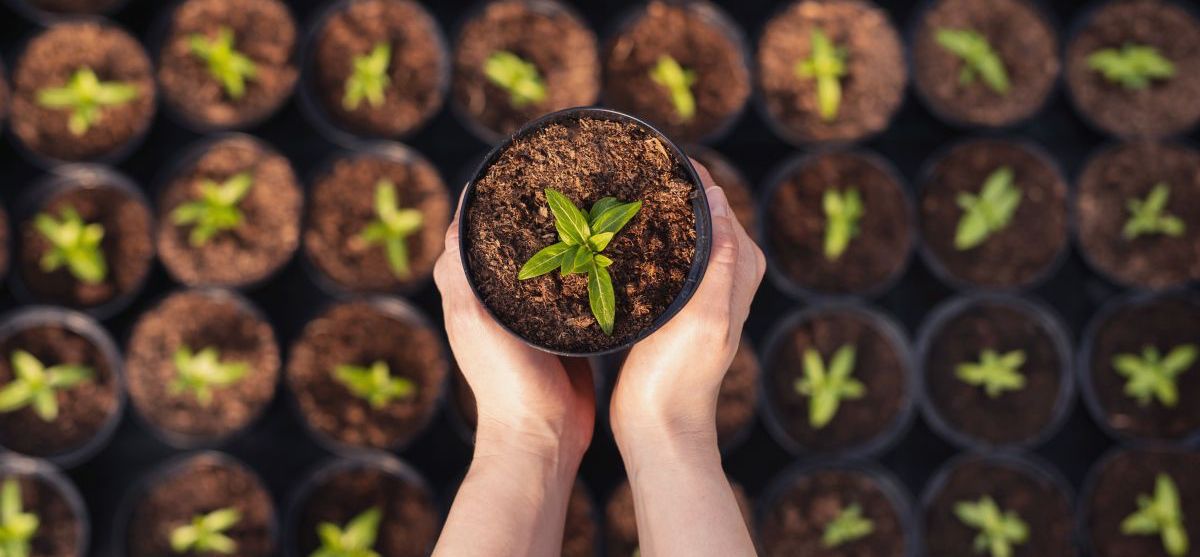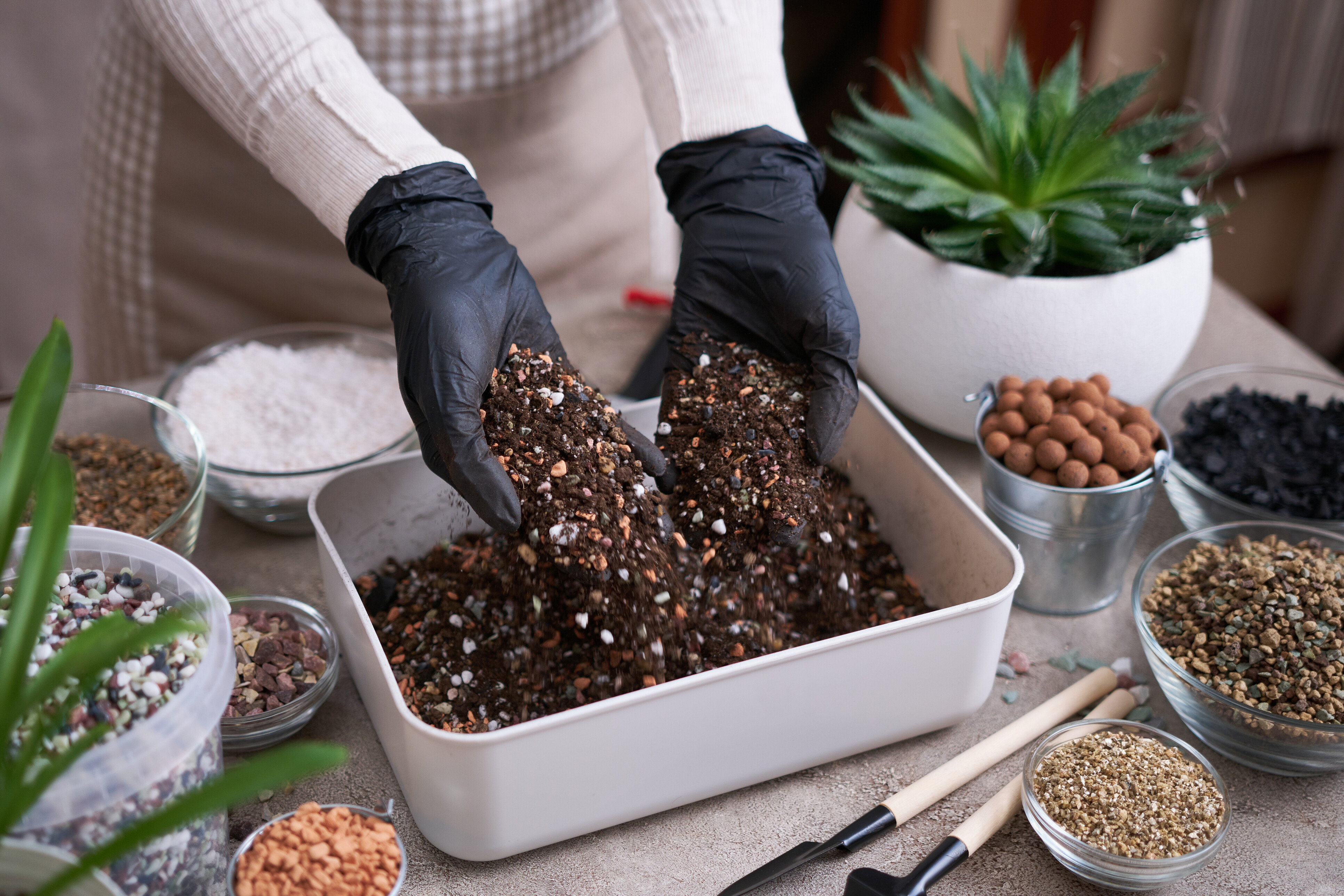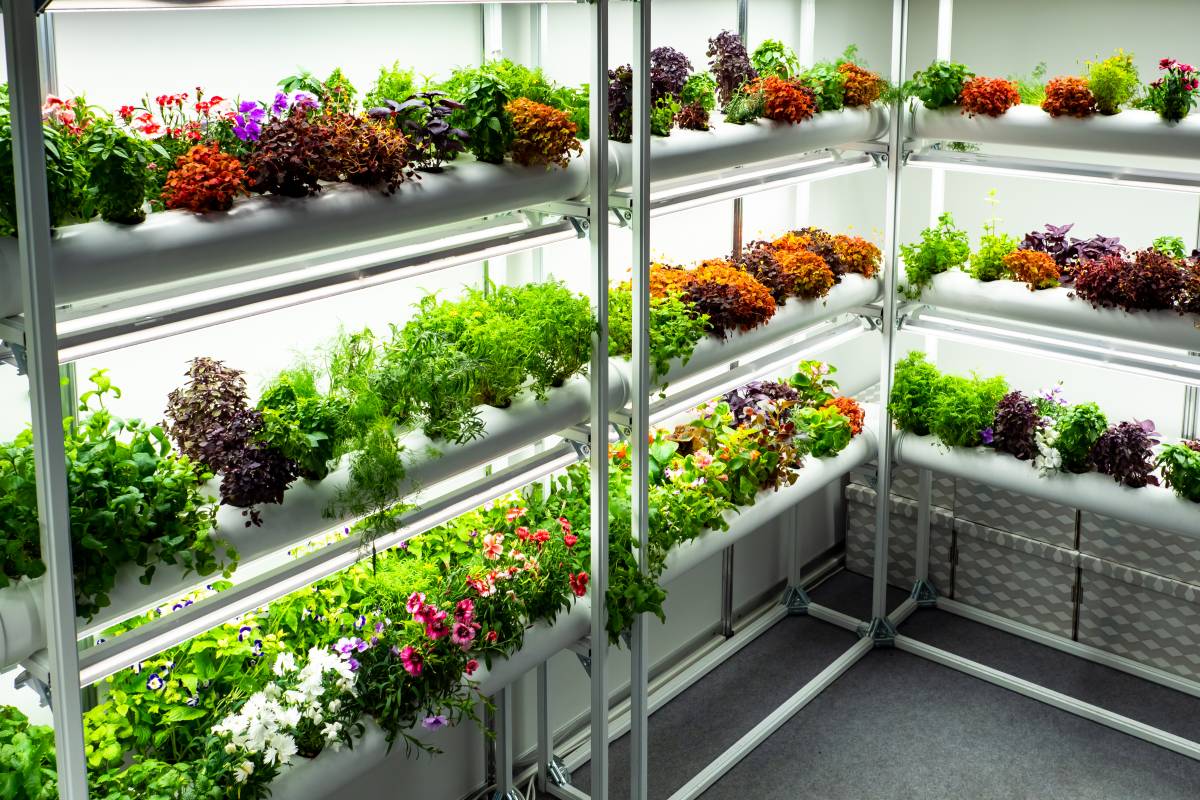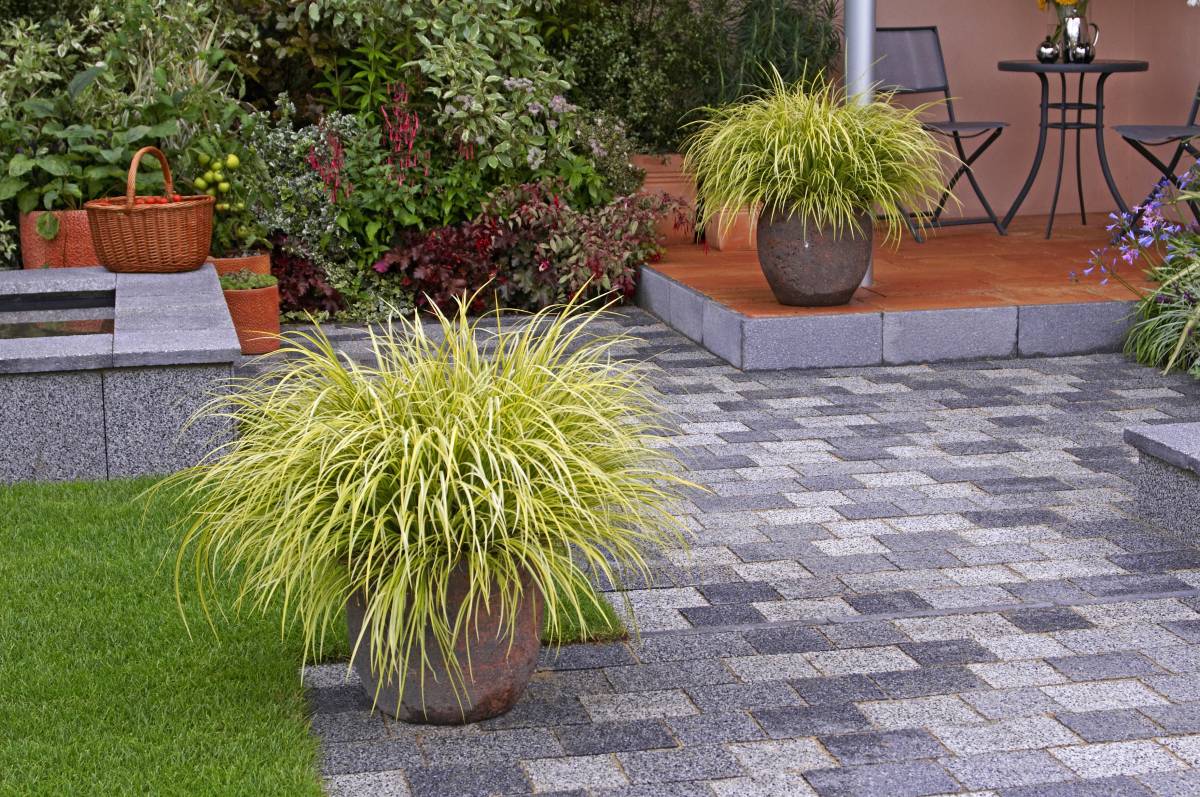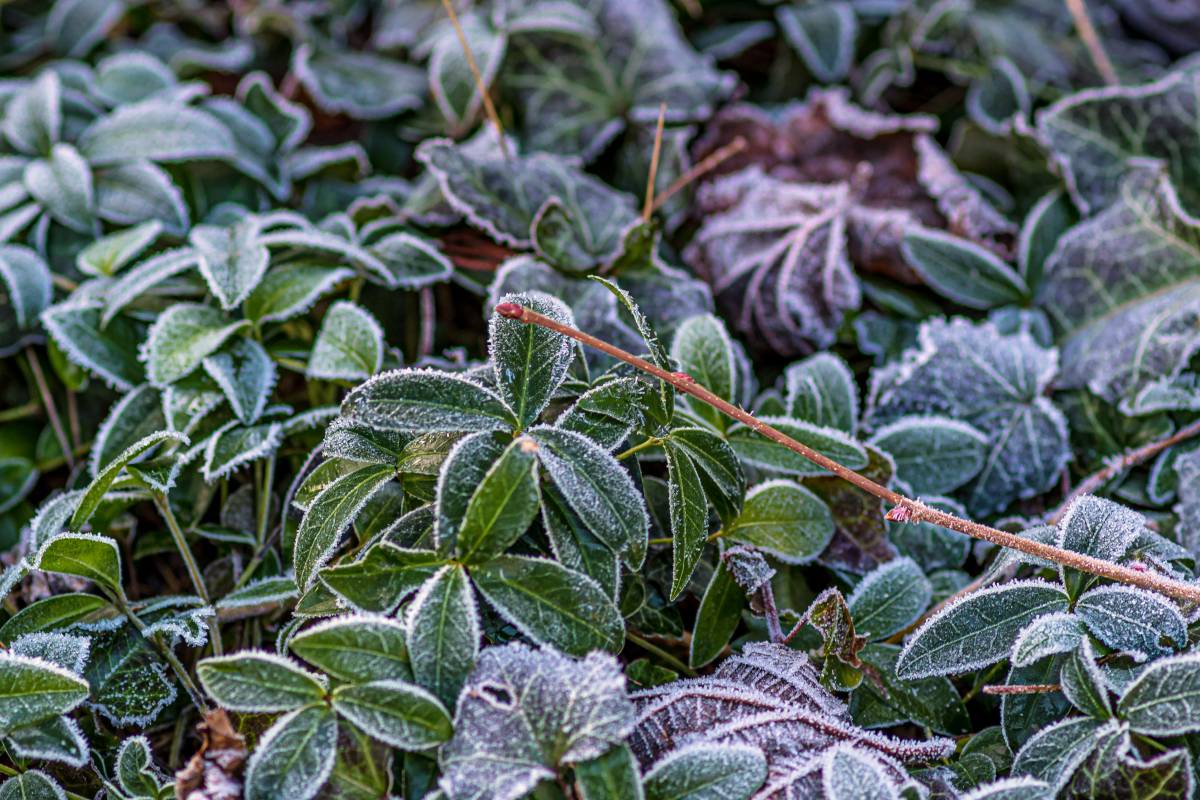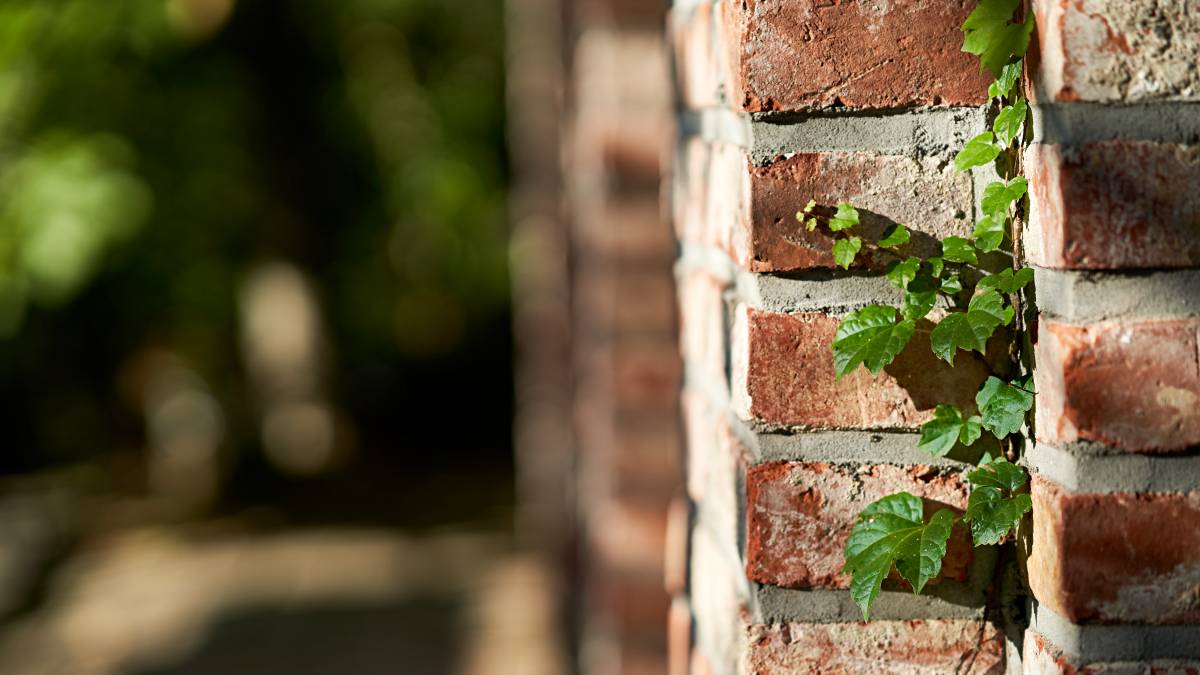
What is mulch? The ultimate guide for gardeners
Unleash the full potential of your garden with these mulching techniques – and learn which type is right for you!
Get help with your gardenLast Updated on
Garden mulch is an indispensable part of the gardening process—but it’s also a nuanced topic. If you’re wanting to deepen your knowledge of mulch, then look no further. Read on for an explainer on mulching, the different types of mulch, and when they’re best used.
What is mulch?
Mulch is a layer of loose organic or synthetic material spread over the soil. And if you’re wondering what is much made of, it’s various materials ranging from wood chips to cotton-based fabric, gravel, or even black plastic. The act or process of placing mulch on top of your garden soil is called mulching.
Why use mulch?
Mulch is effective in keeping loose soil intact. It also protects your soil from erosion and soil compaction, seals in moisture, fertilises the soil, and staves off weed growth. Mulching is helpful in the survival of new plants and bringing down costs from fertilising and watering your garden.
What you’ll need
Most kinds of mulch can be store-bought, so you won’t need any more tools apart from the ones you already have. Wear rubber boots and gardening gloves, and use a rake to spread the mulch evenly on top of your garden soil.
You can use a lawnmower with a bagger or bagging attachment to make mulch from dead leaves on your property, so don’t forget to hire someone to fix or maintain your lawnmower.
If you plan to make some of your compost mulch, you can repurpose an old rubbish bin. And if you need any assistance in the process, you can always hire a mulching expert to help!
The types of mulch
There are two main types of mulch you can use: organic and synthetic. We’ll discuss more of it below, along with some examples of each.
Organic mulch
Also known as biodegradable mulch, organic mulch is favoured for its many benefits. Apart from keeping loose soil in place, preventing soil compaction, and retaining moisture, organic mulch can provide more nitrogen to your plants. It’s also environment-friendly and cost-efficient.
Wood chip mulch

Wood chip mulch is usually sourced by pulverising dead trees with a wood chipper. If you have a dead tree in your yard you want to remove, you can lease a wood chipper to cut it down to size, garden tree bark, stump, limbs, etc. Instead of tossing the resulting wood chips, you can use these as mulch.
While this type of mulch isn’t aesthetically pleasing, it’s one of the most effective types of mulch for preventing weed growth.
Don’t use wood chips for your flower beds or vegetable crops, as this type of mulch can make it difficult to dig out the soil when necessary.
Grass clippings
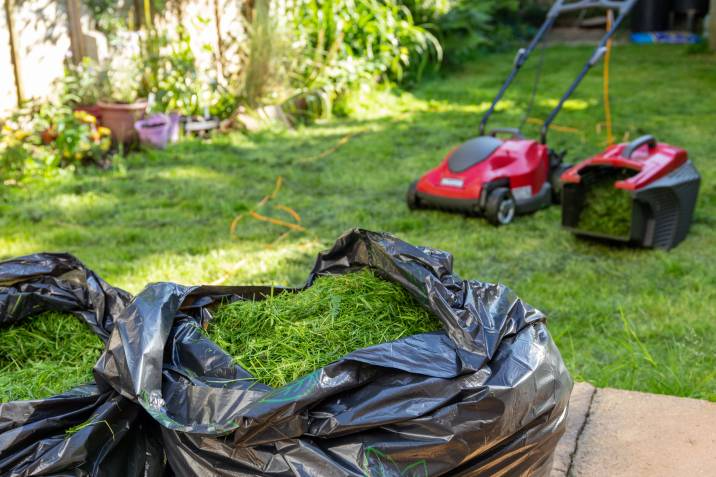
Grass clippings or cuttings as mulch make good fertiliser for vegetable gardens as they’re rich in nitrogen, and the only cost of getting them is the effort you put into mowing your lawn.
Collect all the grass clippings and place them in a bag. Spread just enough of the clippings to make a 2.5cm to 5cm layer on your garden soil. Make sure they’re dry when you use them since wet grass clippings can create mats, blocking moisture and oxygen from getting into the soil.
Shredded leaves

You can harvest this nutrient-rich mulch by hand or use a lawnmower with a bagging attachment. The lawnmower can pick up all the dead leaves on your lawn and shred them to the perfect size for mulching. As with most types of mulch, spread a thin layer of this close to your plants and trees.
Straw or hay
Apart from its high nitrogen content, straw mulch is good at retaining moisture, keeping away weeds, and looking pleasing to the eye. Make sure it’s free of weeds or seeds, and don’t pile this on too thick around vegetable or fruit plants; excess straw can attract garden slugs, and it may attract rodents to make their nest.
Straw mulch has the added perks of preventing soil-borne diseases from spreading and can attract beneficial insects like spiders, which prey on pests.
Compost mulch
You can make your compost mulch by mixing dead leaves and plants, sawdust, wood chips, egg cartons—anything organic that you’d otherwise toss in the skip.
Add organic materials from your kitchen like coffee grounds, eggshells, fruit peels, vegetable scraps, and other refuse like the bones from cooking or making soup stock. Let this sit in your compost bin for a few weeks to let microorganisms break them down. You may have to moisten the mix occasionally with a little water.
Once you have a steady supply of compost, spread a thin layer of this mulch. If it gets too dry, add a different type of mulch, like shredded leaves. You can also get help from a gardener with creating compost, applying your chosen mulch, or doing other gardening tasks!
| See also: How to start a vegetable garden in your backyard |
Newspaper mulch

You can recycle your old dailies and gossip rags by shredding them into strips and applying a thin layer of this on your garden soil. When using newspaper mulch, moisten them a bit, so they aren’t blown away by strong winds.
Synthetic mulch
Synthetic, inorganic, or non-biodegradable mulch, comes from artificial materials. Here are the most common types of synthetic mulch you can use:
Black plastic mulch

Also known as black mulch, this is a black plastic film placed over the soil. This is ideal for growing climbing plants or crops like melons, cucumbers, and strawberries in raised beds or planters. It’s best for crops that need significant heat to grow, as it creates a microclimate that’s at least 3 degrees warmer than the ambient temperature.
It also effectively traps moisture, prevents weed growth, and is the least attractive mulch for pests. Don’t use black mulch for shrubs as they have roots closer to the soil’s surface. Impermeable black plastic mulch doesn’t allow air or water to get to the shrub’s roots, eventually killing them.
Geotextile mulch
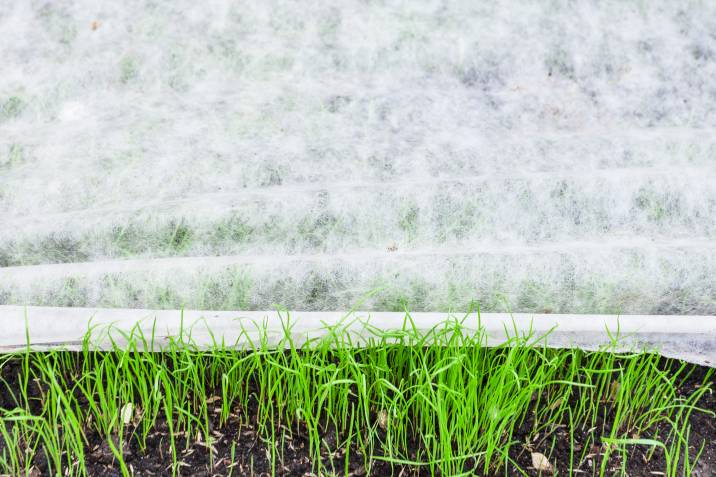
Also called landscape fabric mulch, this type of synthetic mulch is usually made from cotton. When placing a layer of geotextile mulch over the soil, air and water can still penetrate the soil while preventing weed growth.
The only drawbacks of geotextile mulch are that it gradually degrades after prolonged exposure to sunlight, and it isn’t particularly pleasing to the eye. Applying a layer of a different mulch, such as wood chip mulch, can remedy this minor problem.
Stone and gravel
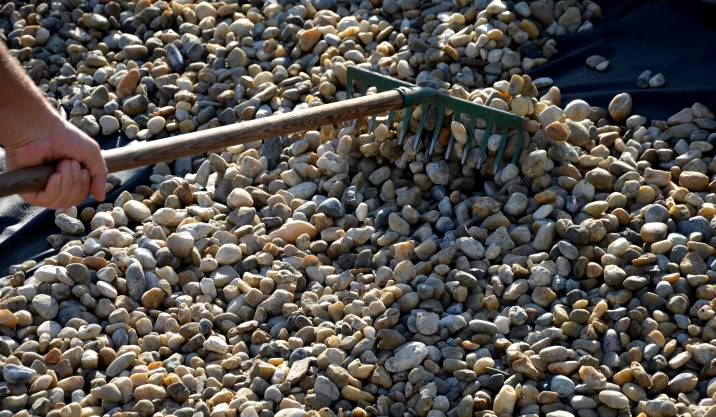
This type of mulch is best suited for areas that need a lot of water. Stone and gravel mulch allow for good drainage, provide aesthetic appeal, and generate a lot of heat that some plants need.
However, stone and gravel mulch isn’t very good at keeping weeds away. There’s also the disadvantage of weight; this type of mulch is heavy and takes time to install or remove, so consider using this type of mulch if you plan to use it in the long term.
| See also: Which are the best vegetables to grow in winter |
How to mulch your garden
Mulching your garden can be simple, but be mindful when applying. Whether you use organic mulch, synthetic mulch, or combinations of either, you can put on a layer that measures 5cm to 7.5cm in total thickness.
Too thin a layer may not have an effect, while too thick a coating can damage or kill your plants. But don’t stress yourself if the amount of mulch you apply is off by a few tiny increments—mulch is quite forgiving.
Should you use black plastic mulch for plant beds, lay down a sheet to cover the entire bed. You can bury the edges or secure them with rocks. You’ll have to pre-soak the soil before covering, then use a bulb planter to punch holes onto the black mulch and fill with seeds or seedlings.
When to mulch your garden
The best time to mulch an established garden is during the middle to late spring and autumn.
New plants need all the support for growth and survival, so don’t hesitate to apply mulch for them at any time of the year.
☞ Learn more: Gardening basics
Mulching leads to happier plants
Mulch is a simple yet effective way to amp up your gardening. And now that you’ve got all this newfound knowledge on it, it’s time to test the ropes and add mulch to your plants!
Still feeling confused or overwhelmed? You might want the help of your neighborhood Taskers for assistance. Simply post a task on Airtasker and get more done in your garden!
Frequently asked question
When buying bags of mulch from the DIY centre, you’ll notice that some mulch bags have guides printed on them. You can find out how many bags of mulch you need by multiplying the length and width of your garden plot, then look for the corresponding value on the bag.
As long as you check the soil and it appears to be in the same condition as when you first applied the mulch, you can reuse the old mulch. In cases where you have unused mulch bags, check first to see if it has attracted any insects, developed mould, or gone rancid. If so, get new mulch.
Although some types of mulch can impart nutrients to the soil as they decompose, mulch is not a fertiliser. The amount of nitrogen that mulch provides can reduce the amount of fertiliser you’ll need, but not by much. You may decrease your fertiliser needs by at most one bag when you mulch.
Find mulching specialists, fast
Find a mulching specialist
Related articles

How to build garden steps
Read more

How to trim bushes the right way
Read more

13 Best Spring Gardening Tips
Read more

How to clean garden stones
Read more

36 Quirky plant pot ideas you’ll love
Read more

Your garden maintenance checklist
Read more
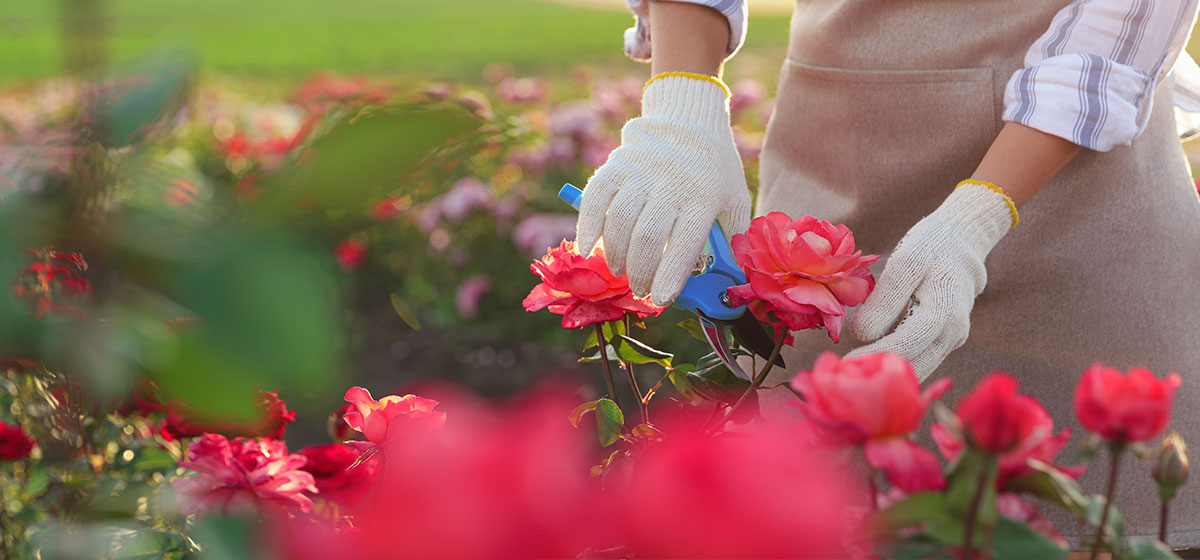
How to prune roses the right way
Read more
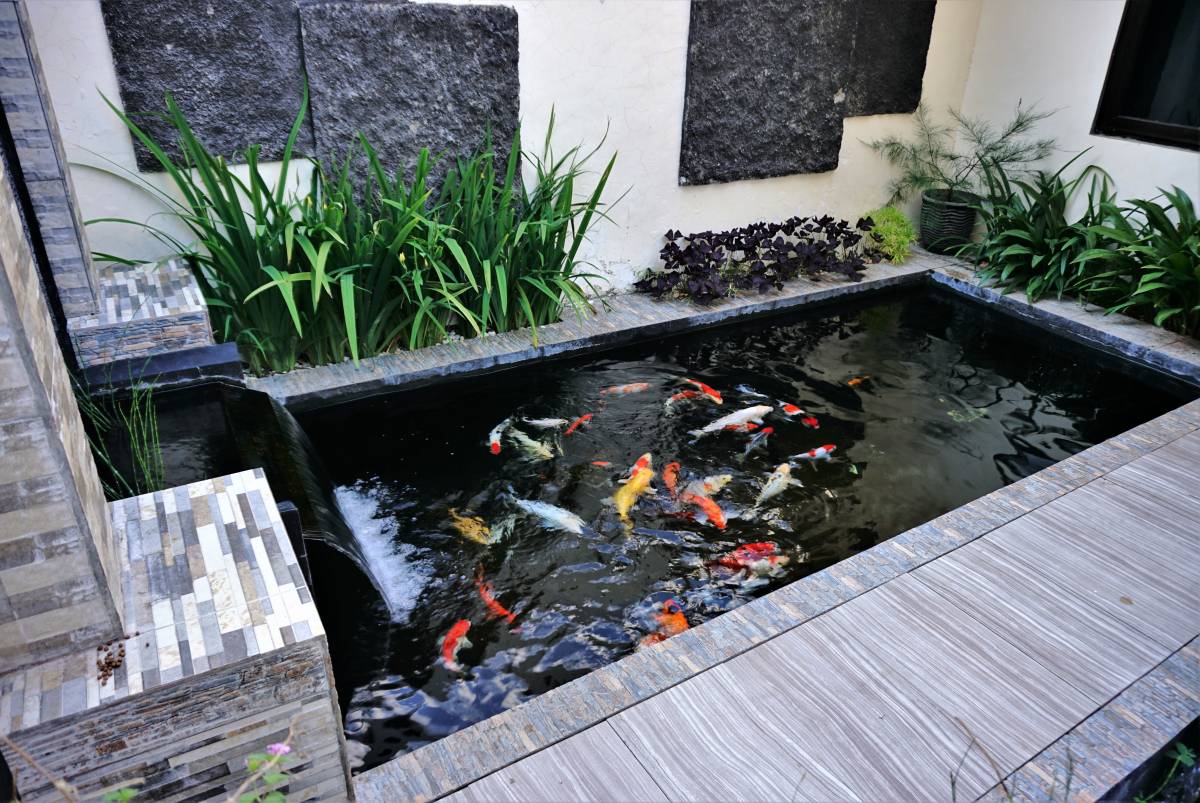
8 steps to build a DIY pond filter
Read more
Related price guides

How much does weeding cost?
Read more

How much do gardeners charge?
Read more

How much does mulch cost?
Read more

How much does garden clearance cost?
Read more

How much does hedge removal cost?
Read more

How much does a garden room cost?
Read more













